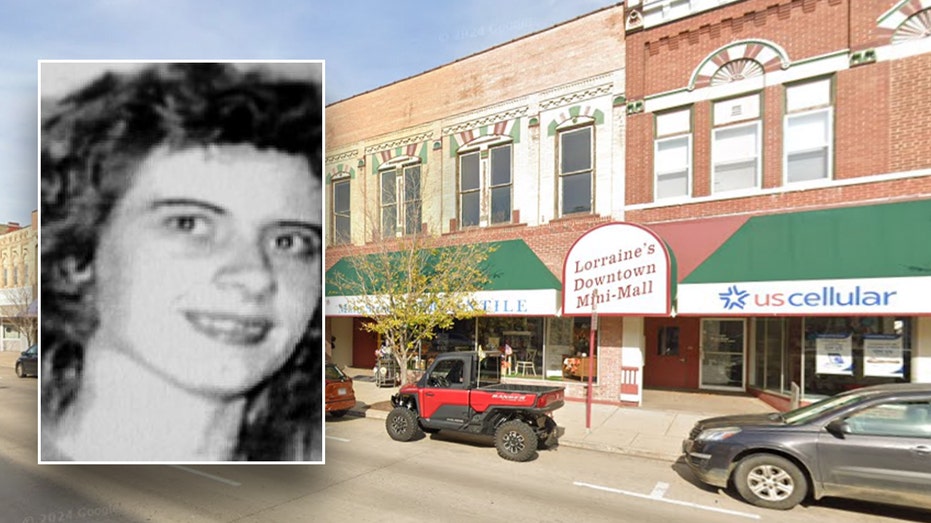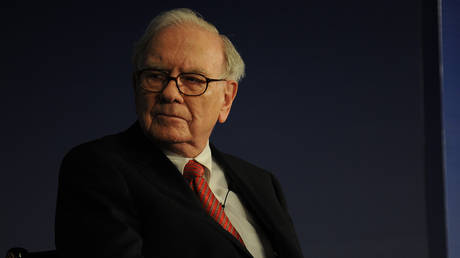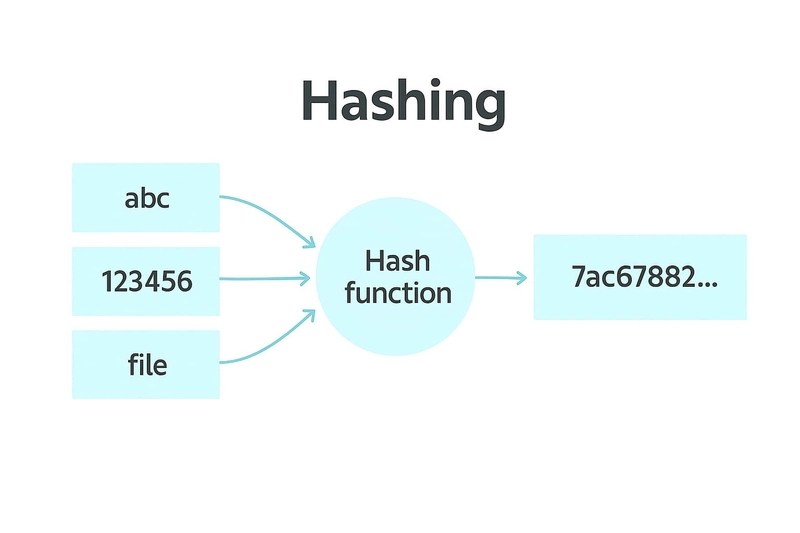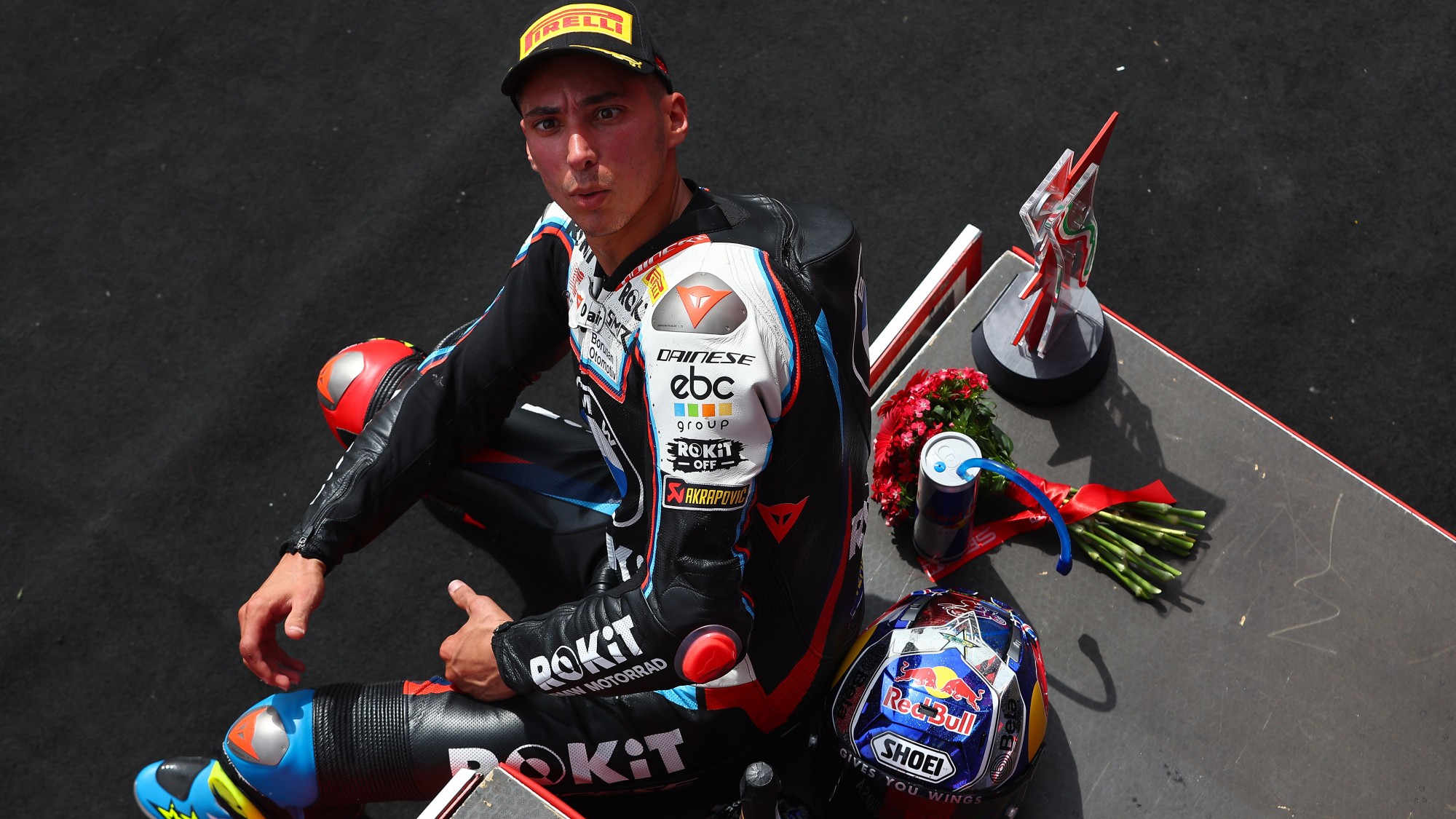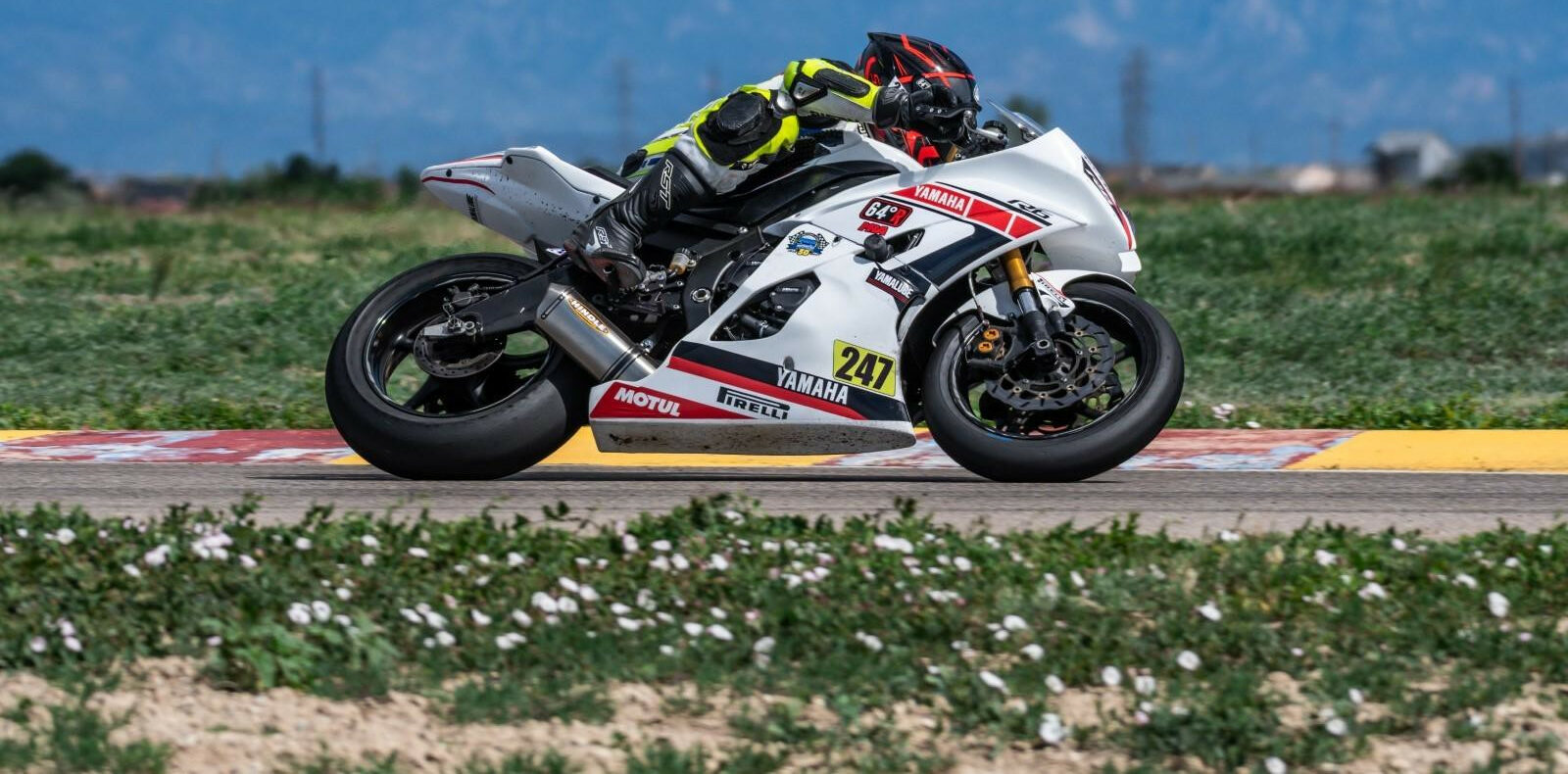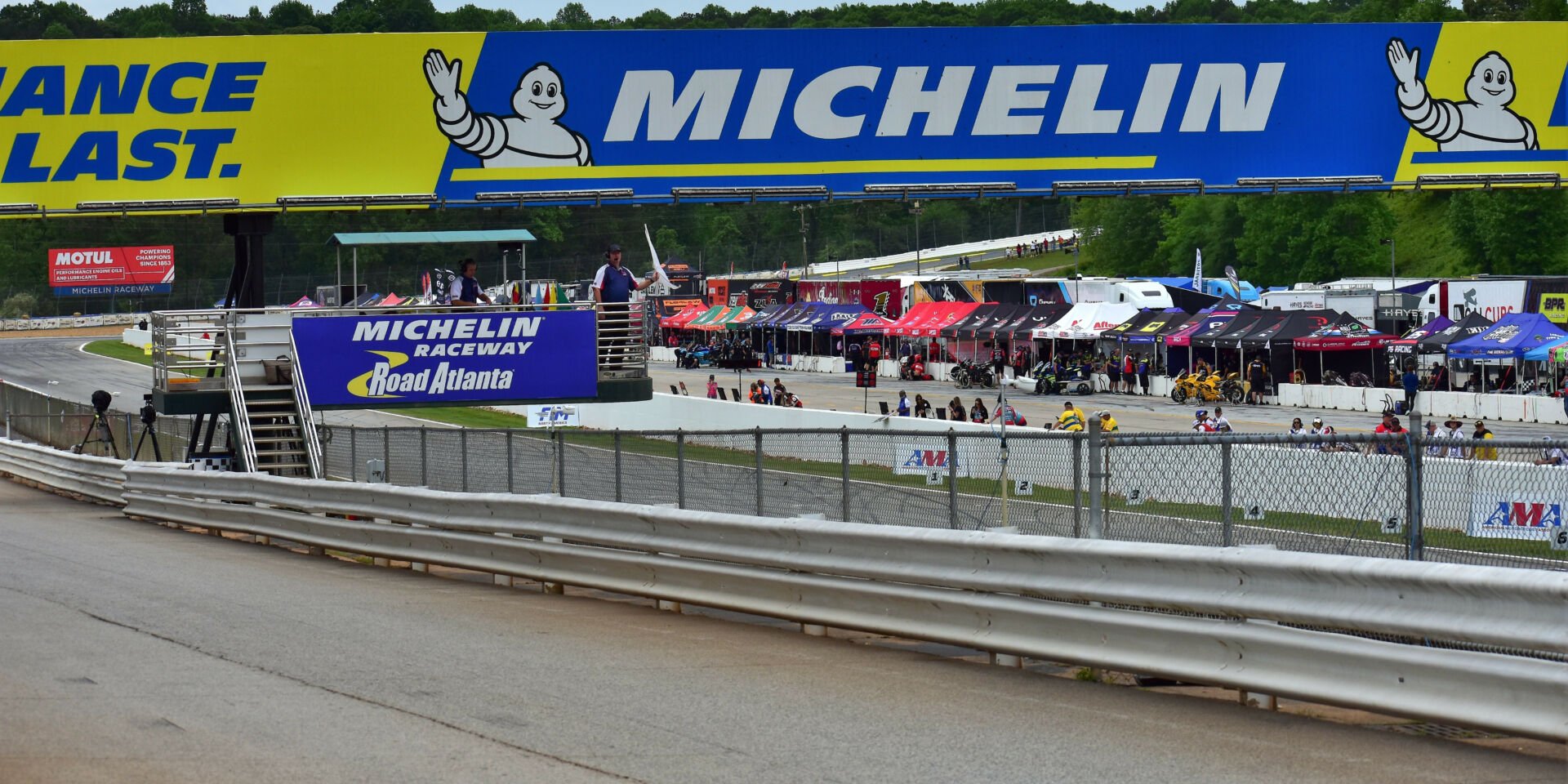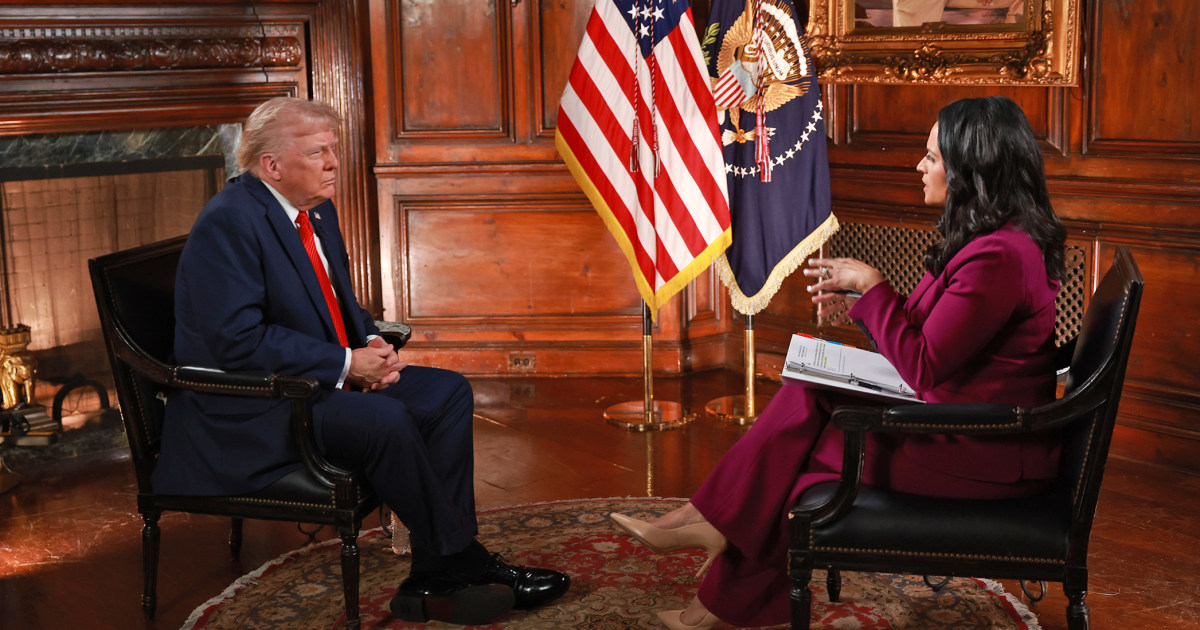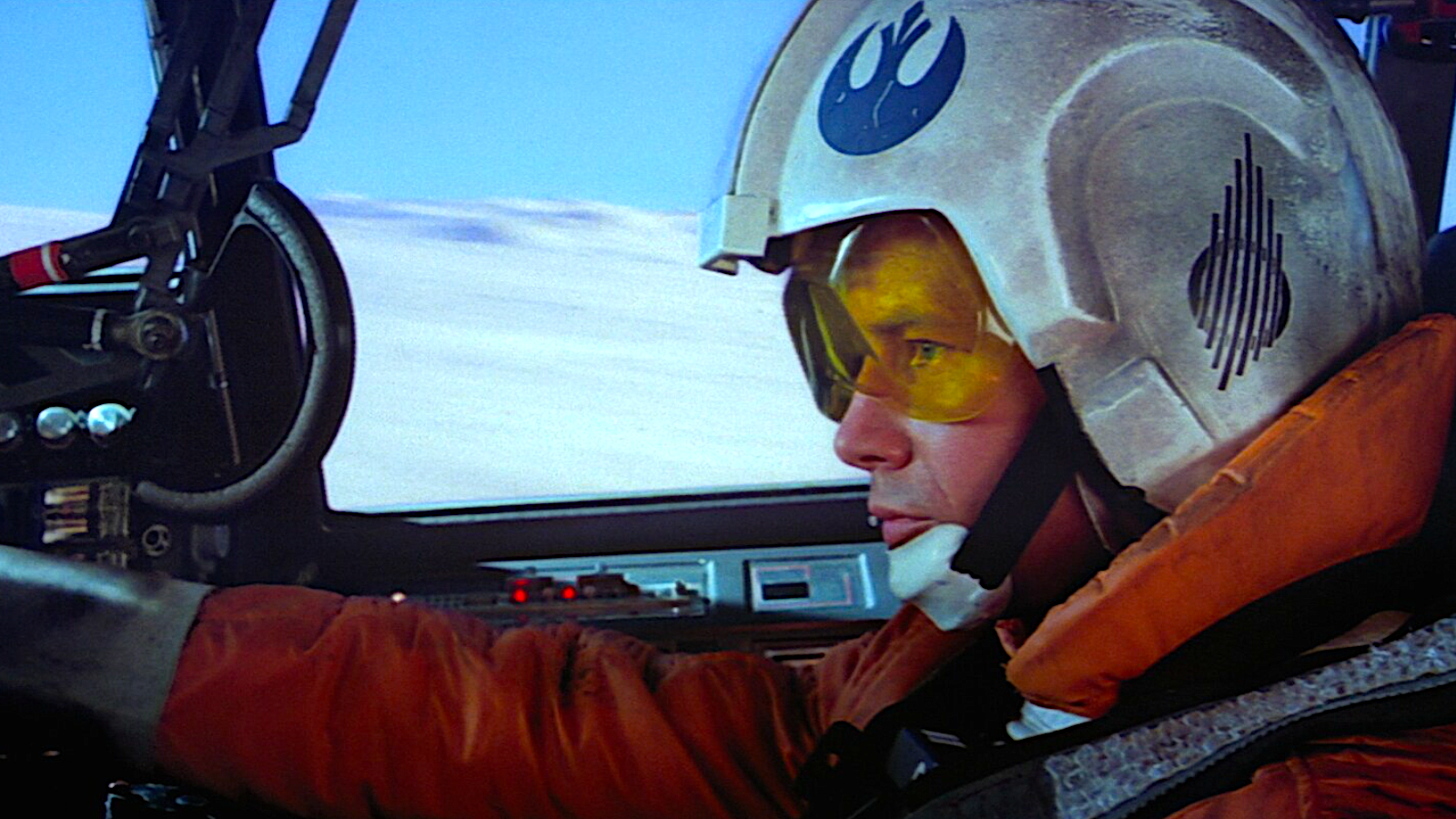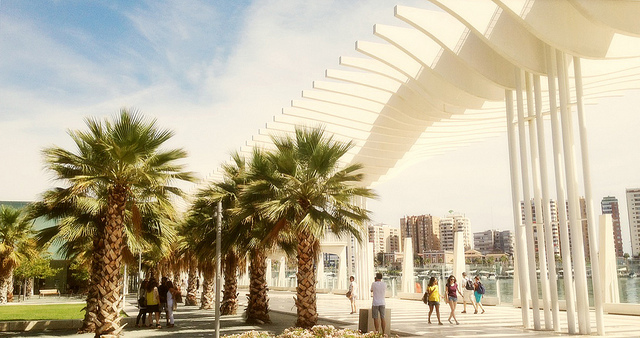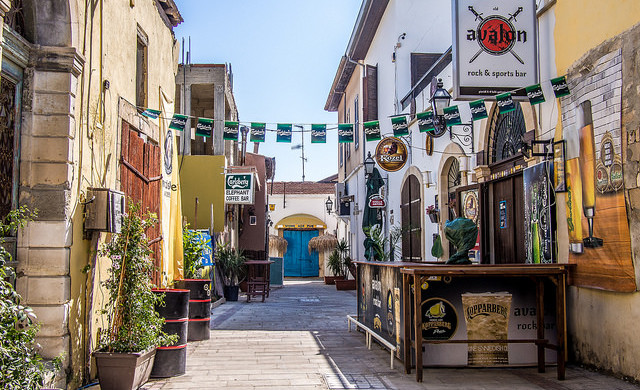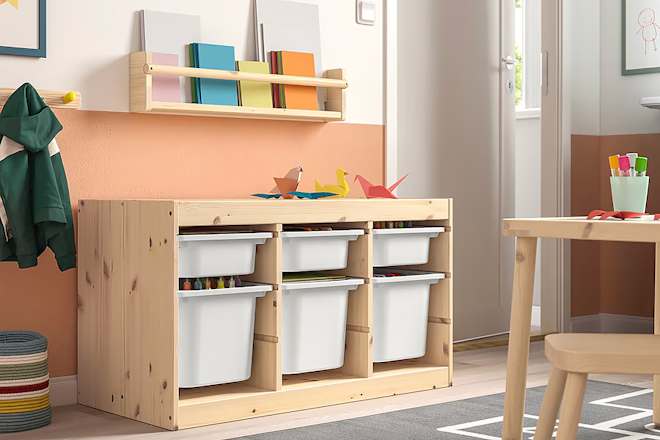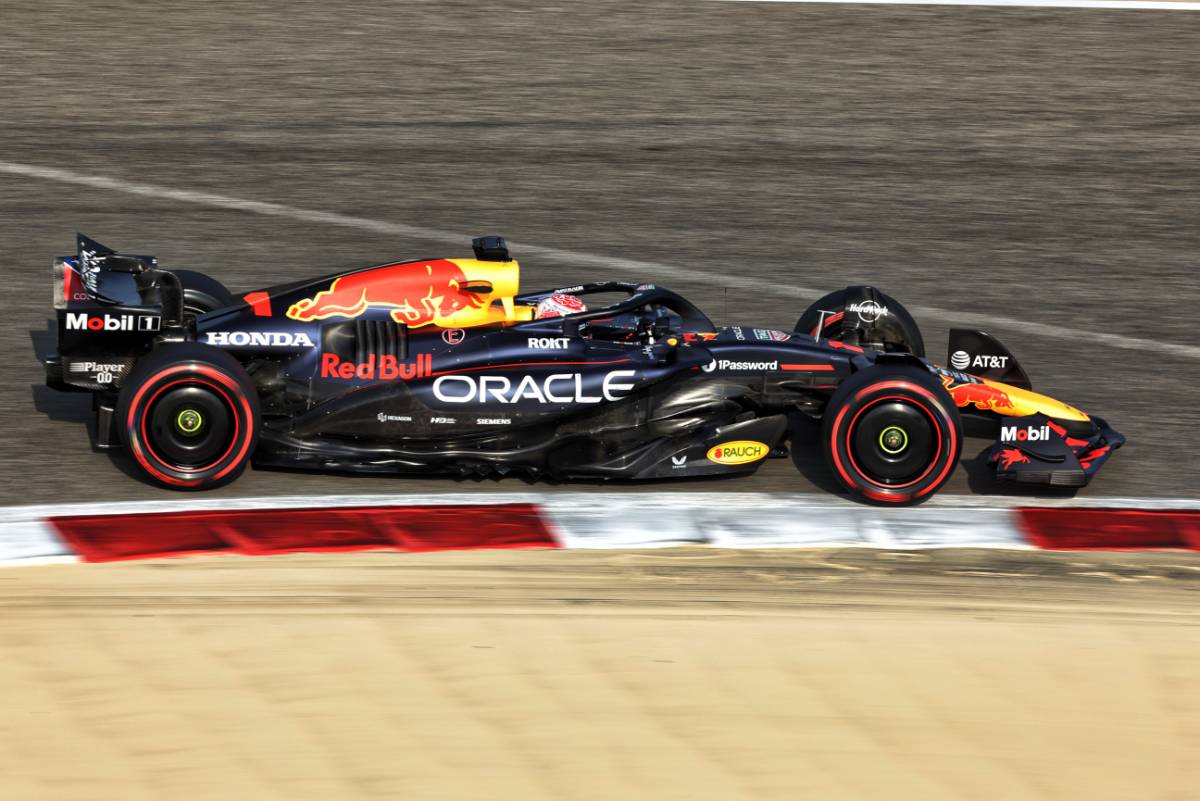'Not again!' The data behind Piastri's painful Miami sprint loss
Lando Norris's triumph in Formula 1's Miami Grand Prix sprint race was undoubtedly helped by the late safety car period – but just how much did it swing things?
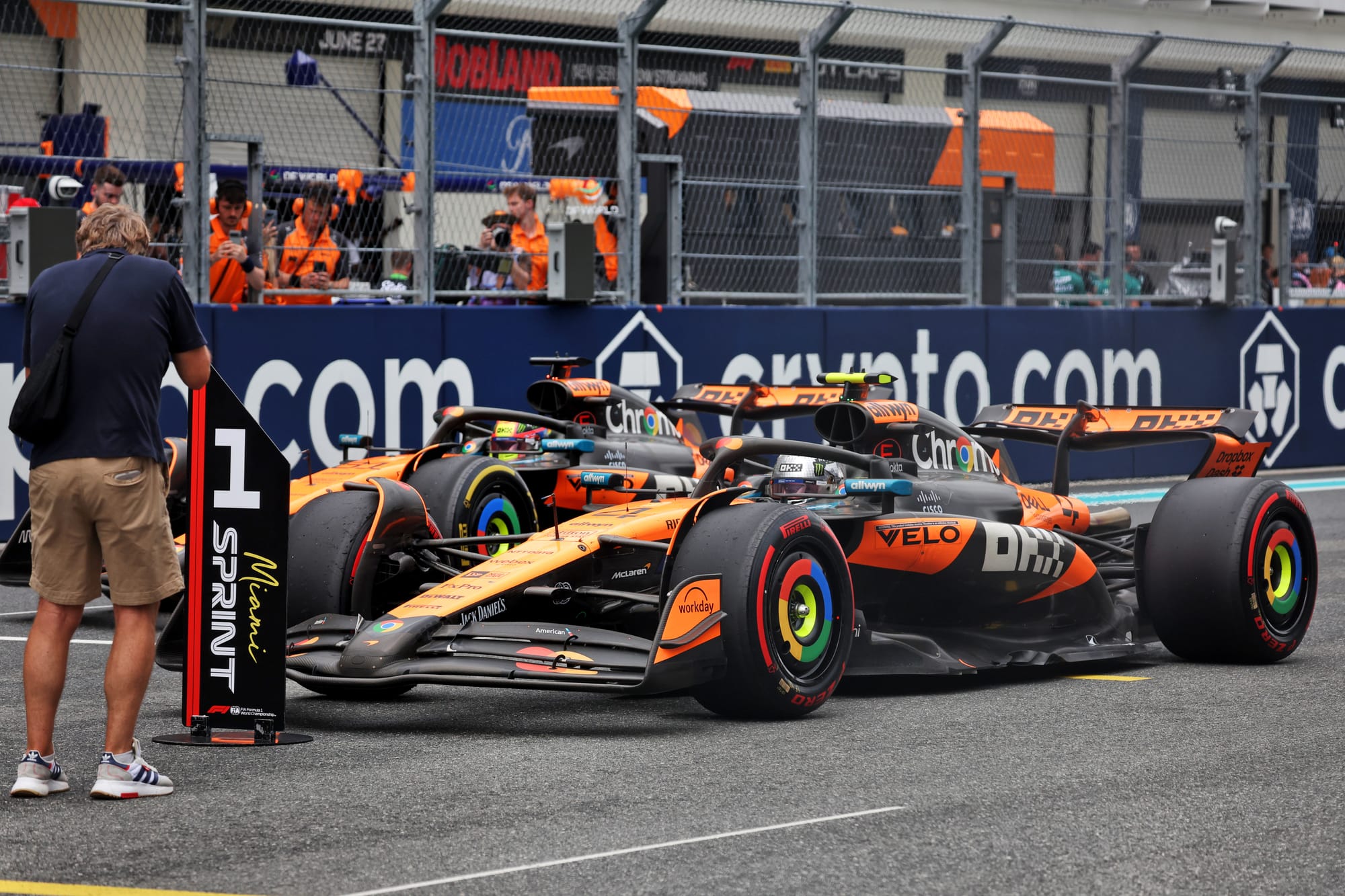

Lando Norris's triumph in Formula 1's Miami Grand Prix sprint race was undoubtedly helped by the late safety car period – but just how much did it swing things?
The critical phase in deciding the outcome of the race came as the track rapidly dried up in the closing stages after the pre-event rain.
It was clear that slicks were the tyre to be on, as Ferrari's Lewis Hamilton had surged up the order from sixth to an eventual third by getting the timing of his stop spot on as he came in on lap 11 of 18.
At the front, leader Oscar Piastri's intermediates had started falling away, allowing McLaren team-mate Norris to close right up on him, and trying to stay out until the end was not a viable option.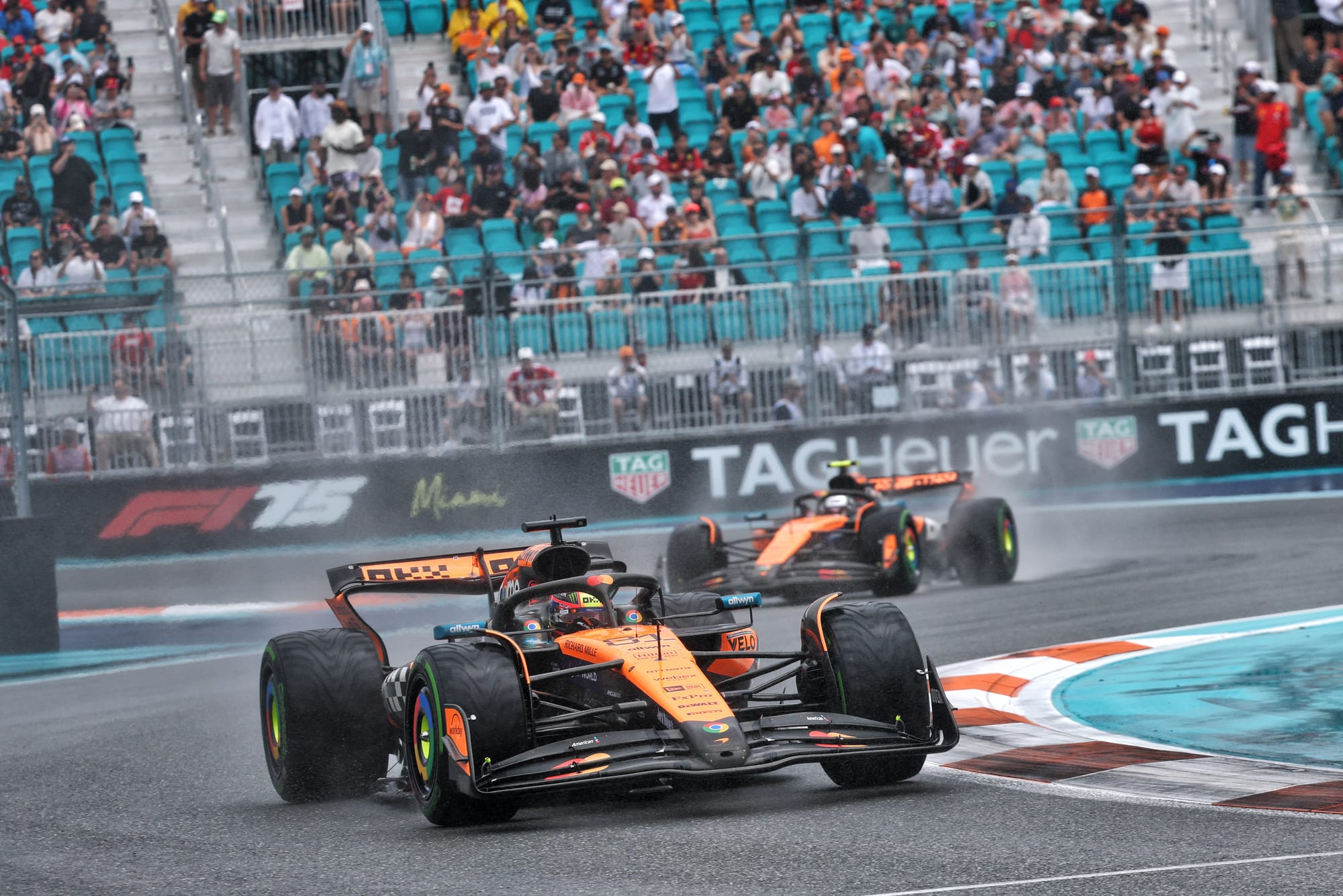
The pin was duly pulled by McLaren at the end of lap 13 to bring Piastri in from the lead.
With a double-stack stop ruled out for Norris – because the time loss of waiting risked dumping him behind other cars – he had been informed that he would carry on for another lap on inters as his team-mate came in.
Speaking about that phase of the race, Norris said he was in two minds about what to do.
"Obviously the first lap I had some clean air, so that made things feel quite a bit better," he explained. "I think my pace was still very strong at that phase.
"I felt like I could push on. And a little part of me wanted to keep going and kind of stay on the tyre.
"It was only four laps to go, but the slick was a lot better. Lewis already gained a lot of time on the other guys. Maybe their first laps were not amazing, but I think Oscar was still probably a second or two seconds quicker."
Over that lap, Norris and his team debated about whether - with only five laps to go - it was better to take the time loss and switch to slicks or risk going on until the end on intermediates.
Looking at the pace of the slick runners, McLaren made the call at the final corner to bring Norris in.
At that stage it looked like his hopes of the win had gone, although perhaps not by much.
When he pulled into the pit entry, he was 18.7s ahead of Piastri and 24.6s ahead of Hamilton.
With a pitstop costing around 19.5 to 20 seconds, it would have meant that if things had run as normal, he would have likely come out in second place between Piastri and Hamilton.
As Norris said: "I'm sure he still would have come out ahead, and I would have come out on the colder tyres. So no, I probably wasn't so looking ahead at that point.
"It was more probably looking at behind, to the guys who might have been trying to undercut and get ahead on the slick tyres."
But then Fernando Alonso's crash into the barriers after contact with Liam Lawson, which brought out the safety car, changed the dynamics.
Norris was already in the pits at this stage and had just completed his stop when the safety car call was made – leaving him with just the dash to the pit exit to maintain the lead.
Piastri at this stage was at the pit entry and had to back off to safety car speed – losing valuable momentum down the start-finish straight that prevented him getting ahead before they got to the critical safety car line.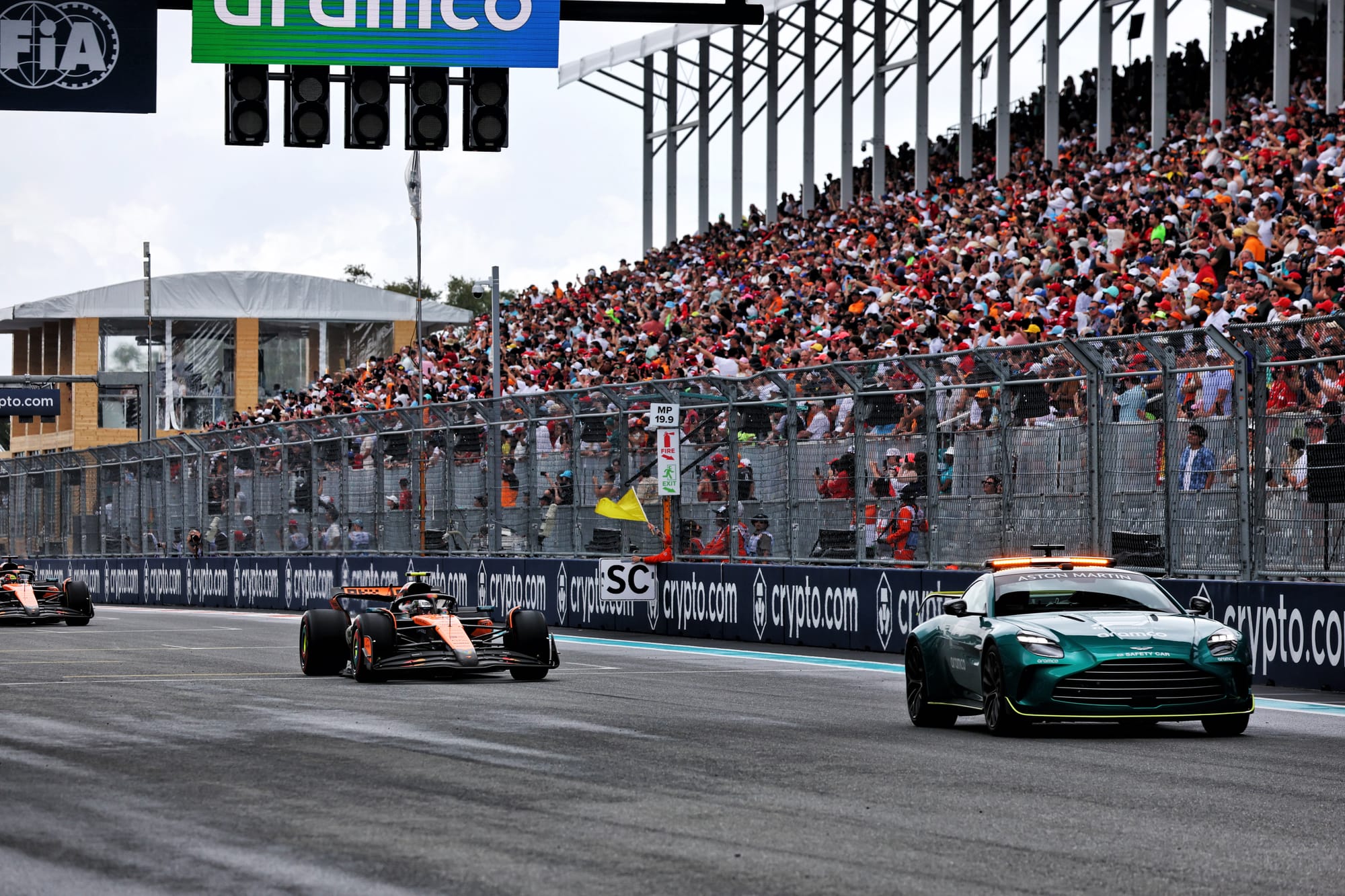
The timing of when the safety car came out was absolutely critical – as it coming out just a couple of seconds later could have made all the difference in allowing Piastri to surge back to the front while his team-mate was still in the pitlane.
Another scenario that could have been on the cards was for Norris to elect to stay out for the final laps and try to bring the inters home – but that was going to be unlikely to pay off.
In that lap when Norris was in clear air, Hamilton had taken 3.4 seconds out of him in sector two – showing how quickly the gap would have closed down had the race run in free air.
From Piastri's perspective, it was absolutely clear that if the safety car had not come out at the worst time possible for him, then the win was his.
Asked by The Race what his response was when he saw the safety car had come out, especially a year on from a similar bad-timed caution period costing him hugely in the main race and setting up Norris's first F1 win, Piastri said: "I mean, the reaction when the safety car came out was: 'Not again!'
"But there's not much you can do in that circumstance. I knew I had a pretty comfortable gap behind, so I wasn't taking too many risks. And I could see that I was a little bit faster than Lando.
"So I thought I had that one pretty much under control once we pitted.
"Obviously the time of the safety car was unfortunate, but frustrating in the moment.
"But I'm leaving that sprint knowing that I did everything I could and everything that was in my control was well executed. And that's all I can ask for."
